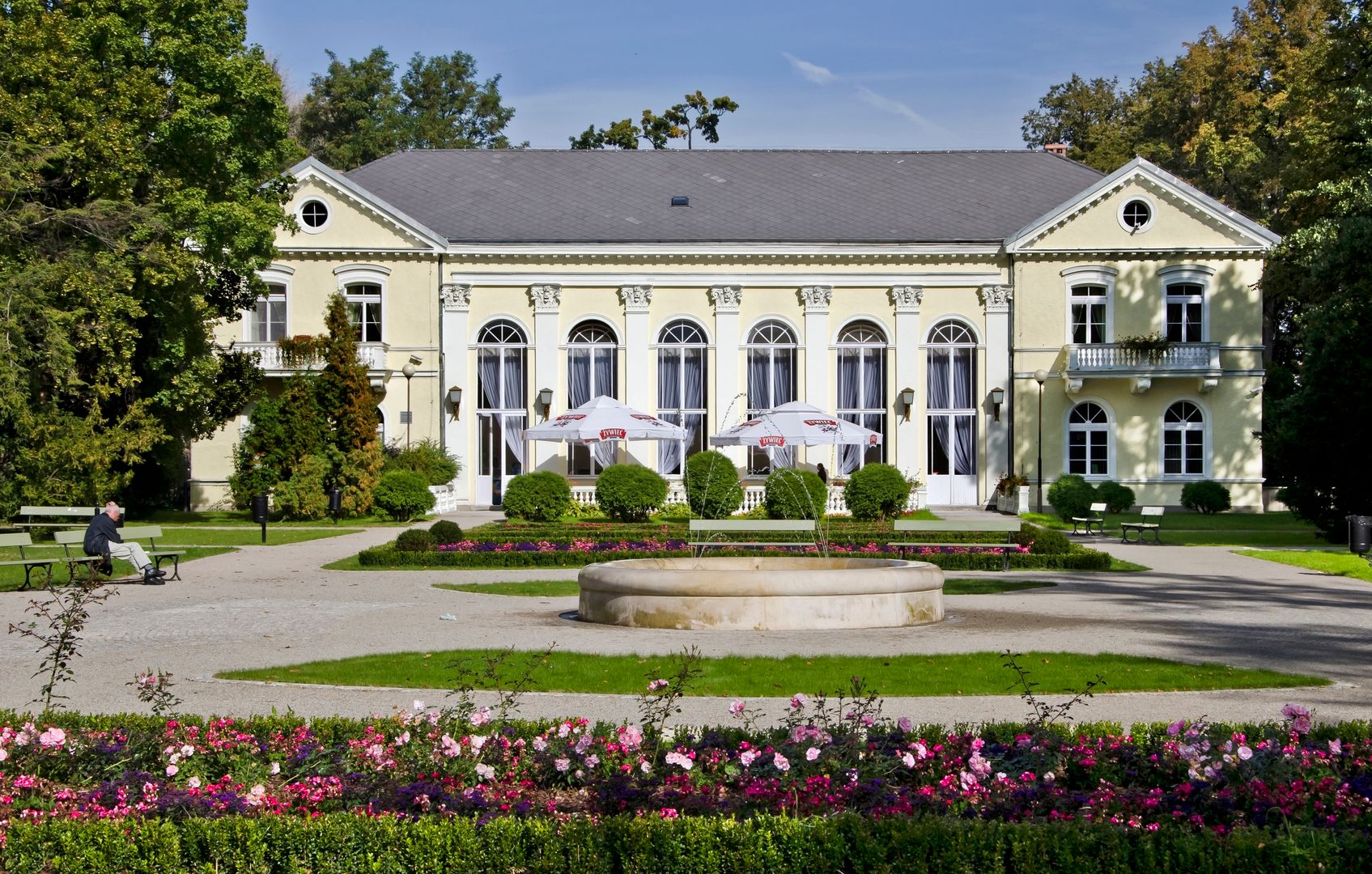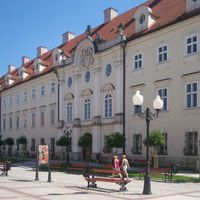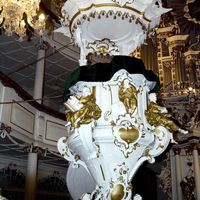Cieplice Śląskie-Zdrój
6.63

Overview
Cieplice Śląskie-Zdrój, which is part of Jelenia Góra, is a town with a rich history and a spa tradition dating back to the 13th century. According to legend, the springs were discovered by Duke Bolesław the Tall during a hunt in 1175, and their medicinal properties began to be utilized by the Augustinian Order, and later by the Knights Hospitaller and Cistercians. In the early 15th century, the Cistercians built a monastery here, which existed for the next four centuries. Architecturally, notable landmarks include the Church of St. John the Baptist from 1712–1714, the bell tower from the turn of the 17th and 18th centuries, and the Cistercian monastery, which now serves as a museum.
In the 19th century, Cieplice gained popularity as a spa, and its thermal water treatments attracted many famous guests, such as Johann Wolfgang von Goethe and John Quincy Adams. Cultural buildings from this period include the spa theater and the mineral water pump room "Marysieńka." Interestingly, in the late 19th century, part of Cieplice was known as the Polnische Seite (Polish Side), reflecting its popularity among Poles.
In the 20th century, Cieplice developed as a tourist destination, leading to the construction of infrastructure such as railway and tram lines, as well as the establishment of sanatoriums. Additionally, the town offers a wide range of spa treatments, including orthopedic, rheumatological, and neurological therapies, as well as peat mud treatments. In 1945, Cieplice was incorporated into Poland, and its cultural heritage continues to attract tourists.
The main thermal springs are characterized by high mineralization and temperature, making them unique in the country. Thus, Cieplice Śląskie-Zdrój is not only a place with a rich health history but also an attractive cultural destination, with numerous historical landmarks and modern facilities that draw tourists and spa-goers from all over Poland and abroad.
Location
2025 Wizytor | All Rights Reserved

